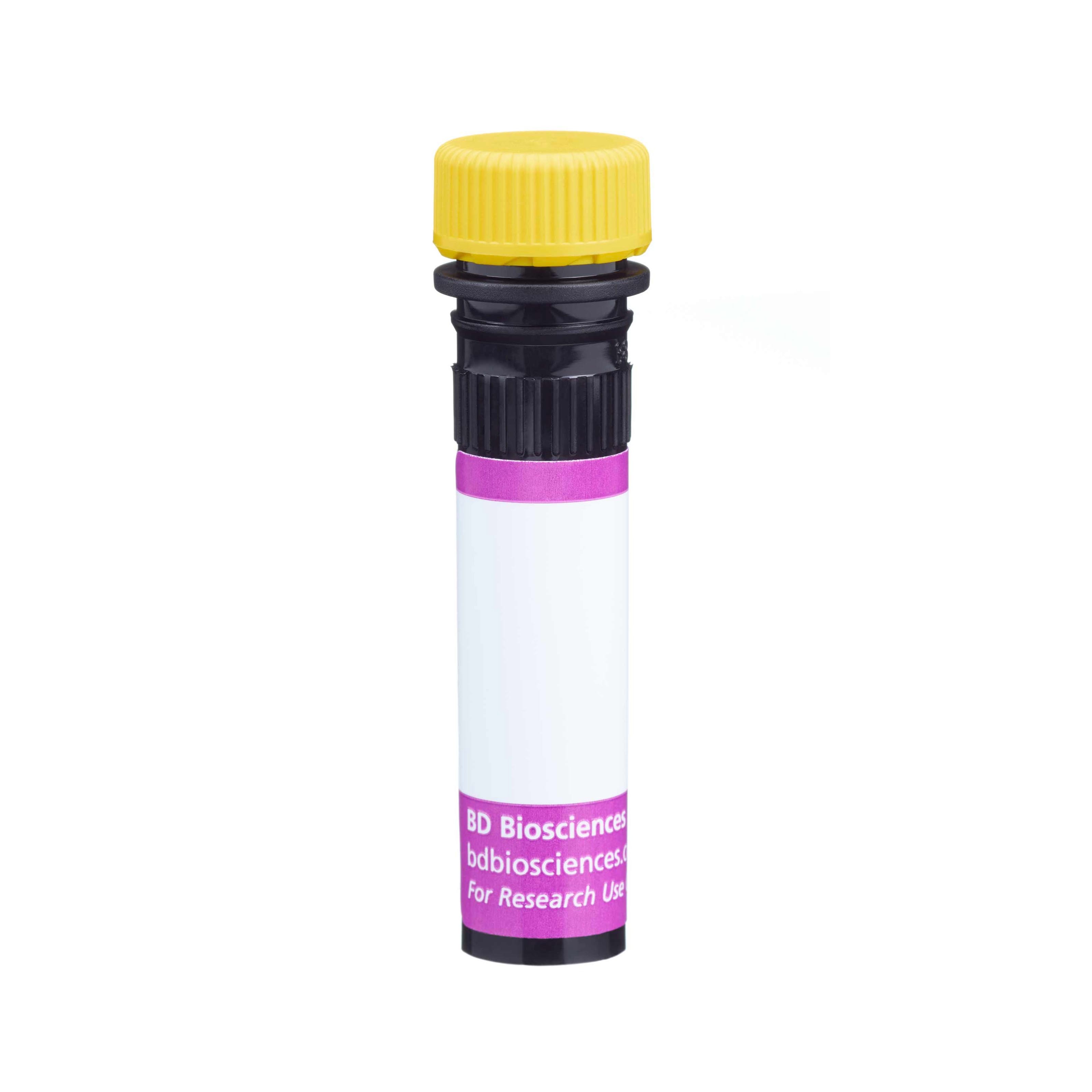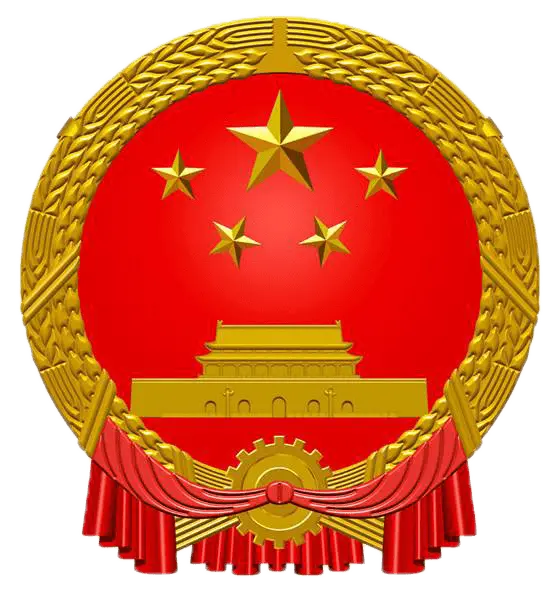



 下载产品说明书
下载产品说明书 下载SDS
下载SDS 用小程序,查商品更便捷
用小程序,查商品更便捷



 收藏
收藏
 对比
对比 咨询
咨询
















参考图片
Two-color flow cytometric analysis of CD3e expression on mouse splenocytes. Mouse splenic leucocytes were preincubated with Purified Rat Anti-Mouse CD16/CD32 antibody (Mouse BD Fc Block™) (Cat. No. 553141/553142). The cells were then stained with PE Rat Anti-Mouse CD4 (Cat. No. 553048/553049/561837) and PE Rat Anti-Mouse CD8a (Cat. No. 553033/553032/561095) antibodies and either BD Horizon™ BV650 Armenian Hamster IgG1, κ Isotype Control (Cat. No. 564388; Left Panel) or BD Horizon BV650 Hamster Anti-Mouse CD3e antibody (Cat. No. 564378; Right Panel). Two-color flow cytometric contour plots showing the correlated expression of CD3e (or Ig Isotype control staining) versus CD4 and CD8a were derived from gated events with the forward and side light-scatter characteristics of viable splenic leucocytes. Flow cytometric analysis was performed using a BD LSR™ II Flow Cytometry System.
Two-color flow cytometric analysis of CD3e expression on mouse splenocytes. Mouse splenic leucocytes were preincubated with Purified Rat Anti-Mouse CD16/CD32 antibody (Mouse BD Fc Block™) (Cat. No. 553141/553142). The cells were then stained with PE Rat Anti-Mouse CD4 (Cat. No. 553048/553049/561837) and PE Rat Anti-Mouse CD8a (Cat. No. 553033/553032/561095) antibodies and either BD Horizon™ BV650 Armenian Hamster IgG1, κ Isotype Control (Cat. No. 564388; Left Panel) or BD Horizon BV650 Hamster Anti-Mouse CD3e antibody (Cat. No. 564378; Right Panel). Two-color flow cytometric contour plots showing the correlated expression of CD3e (or Ig Isotype control staining) versus CD4 and CD8a were derived from gated events with the forward and side light-scatter characteristics of viable splenic leucocytes. Flow cytometric analysis was performed using a BD LSR™ II Flow Cytometry System.







 危险品化学品经营许可证(不带存储) 许可证编号:沪(杨)应急管危经许[2022]202944(QY)
危险品化学品经营许可证(不带存储) 许可证编号:沪(杨)应急管危经许[2022]202944(QY)  营业执照(三证合一)
营业执照(三证合一)